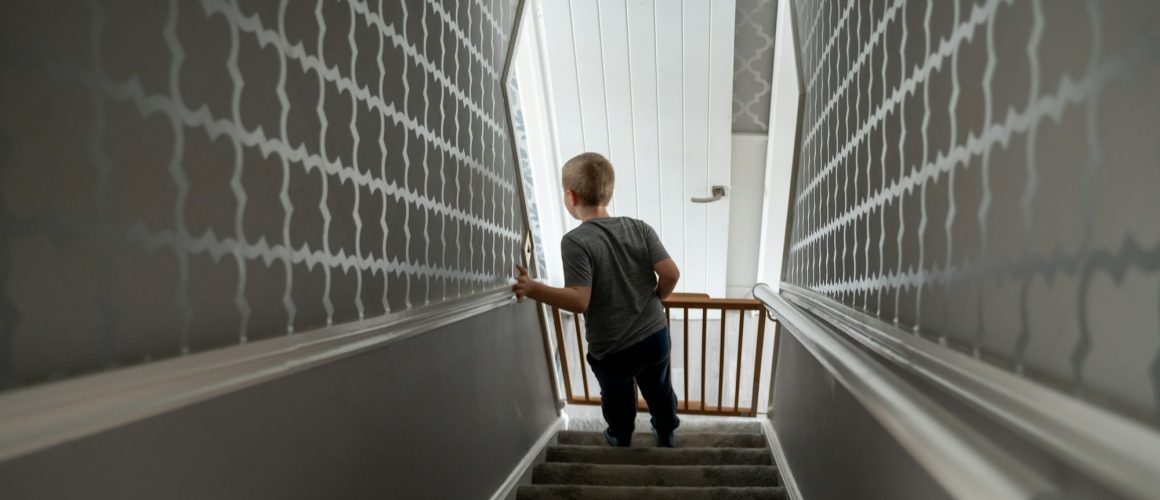As your child begins to explore the world around them, it’s essential to create a safe environment at home. While their curiosity is exciting, it can sometimes lead to dangerous situations. Here’s a quick guide to help you childproof your home, ensuring your little one can explore safely.
Childproofing Checklist:
- Secure Heavy Furniture and TVs
Anchor heavy items like dressers, bookshelves, and TVs to the wall. Curious toddlers may try to climb them, causing these items to tip over. Even sturdy furniture can be a tipping hazard. - Install Safety Gates
Place safety gates at the top and bottom of stairs to prevent falls. Opt for hardware-mounted gates, especially at the top of stairs, to provide maximum security. - Lock Windows and Doors
Install window guards and safety locks on doors. Children are naturally curious about the outside world, but these measures will prevent falls and stop them from wandering outside unsupervised. - Guard Against Sharp Corners
Use corner protectors on tables and other furniture with sharp edges. Toddlers often stumble, and these protectors will cushion any bumps or falls. - Cover Outlets and Hide Electrical Cords
Use outlet covers to prevent curious fingers from getting into electrical outlets and keep cords out of reach. Loose cords can pose strangulation risks or electric shock hazards. - Secure the Bathroom
Install toilet locks and keep medicines and cosmetics out of reach. The bathroom poses risks from drowning in the toilet to accidental poisoning from medications or cosmetics. - Kitchen Safety
Use stove knob covers to prevent burns and keep cleaning supplies locked away. The kitchen is filled with hazards like hot surfaces and harmful chemicals, so extra care is needed here. - Keep Small Objects Out of Reach
Choking hazards are a major concern. Regularly check floors and surfaces for small objects like coins, buttons, or tiny toys that your child could swallow.
Additional Safety Tips:
Stay Vigilant:
Supervision is key, especially in high-risk areas like the kitchen and bathroom. While childproofing helps, always keep an eye on your child.
Learn Basic First Aid:
Take a first aid and CPR course to be prepared in case of an emergency. Knowing how to respond effectively is invaluable.
Regular Safety Checks:
As your child grows, their abilities change. Regularly inspect your home for new hazards and adjust your safety measures as needed.
Create a Safe Play Area:
Designate a safe, supervised play area where your child can explore without encountering dangerous items. This space can offer them the freedom to play safely.
Be a Role Model:
Children mimic adult behavior. Show them how to interact safely with their environment by following household safety rules yourself.
Conclusion
Childproofing isn’t just about adding locks and gates—it’s about creating a safe space where your child can explore, learn, and grow. By following these tips, you can ensure your home is a secure environment for your little explorer. Happy childproofing!


